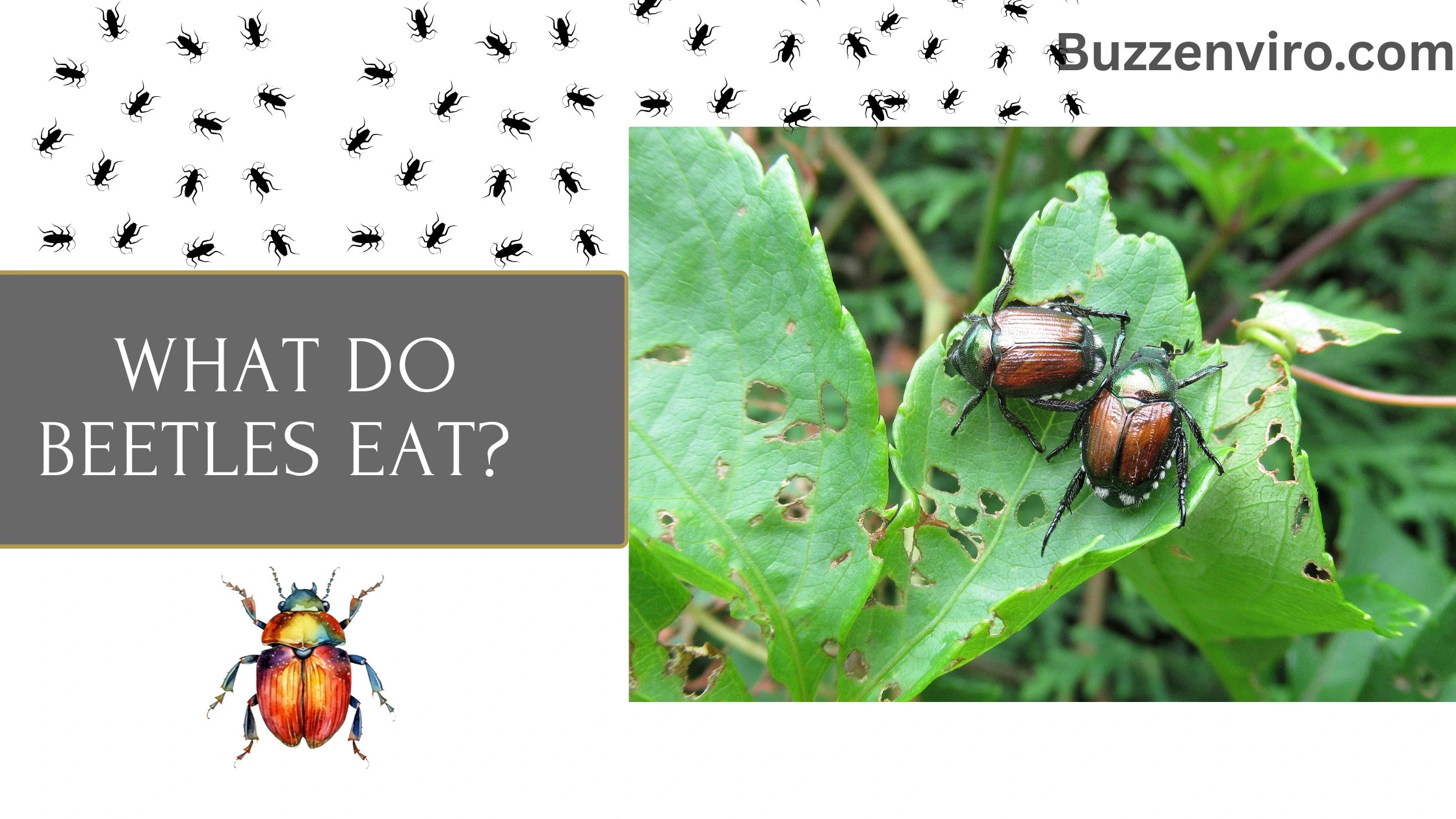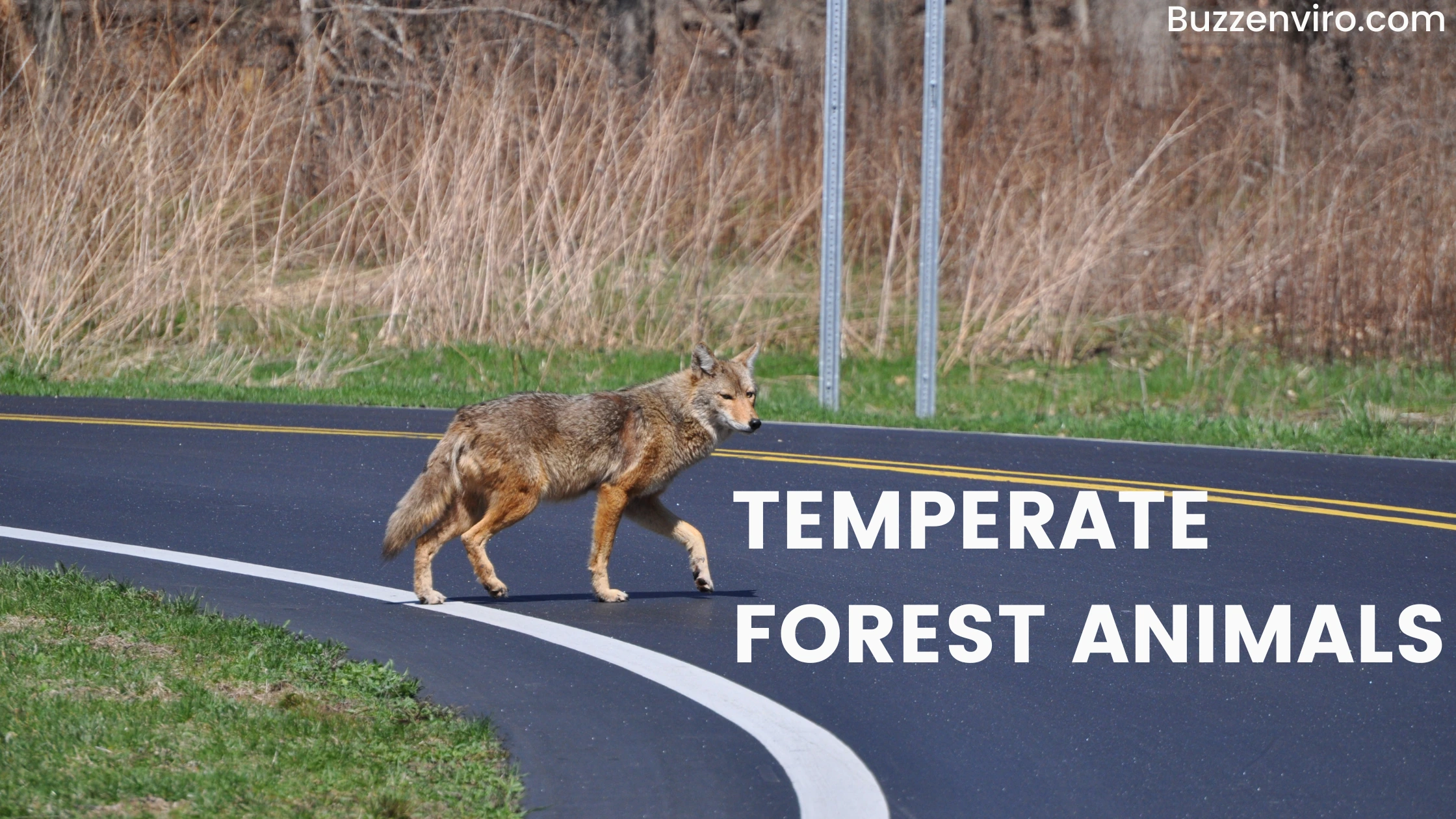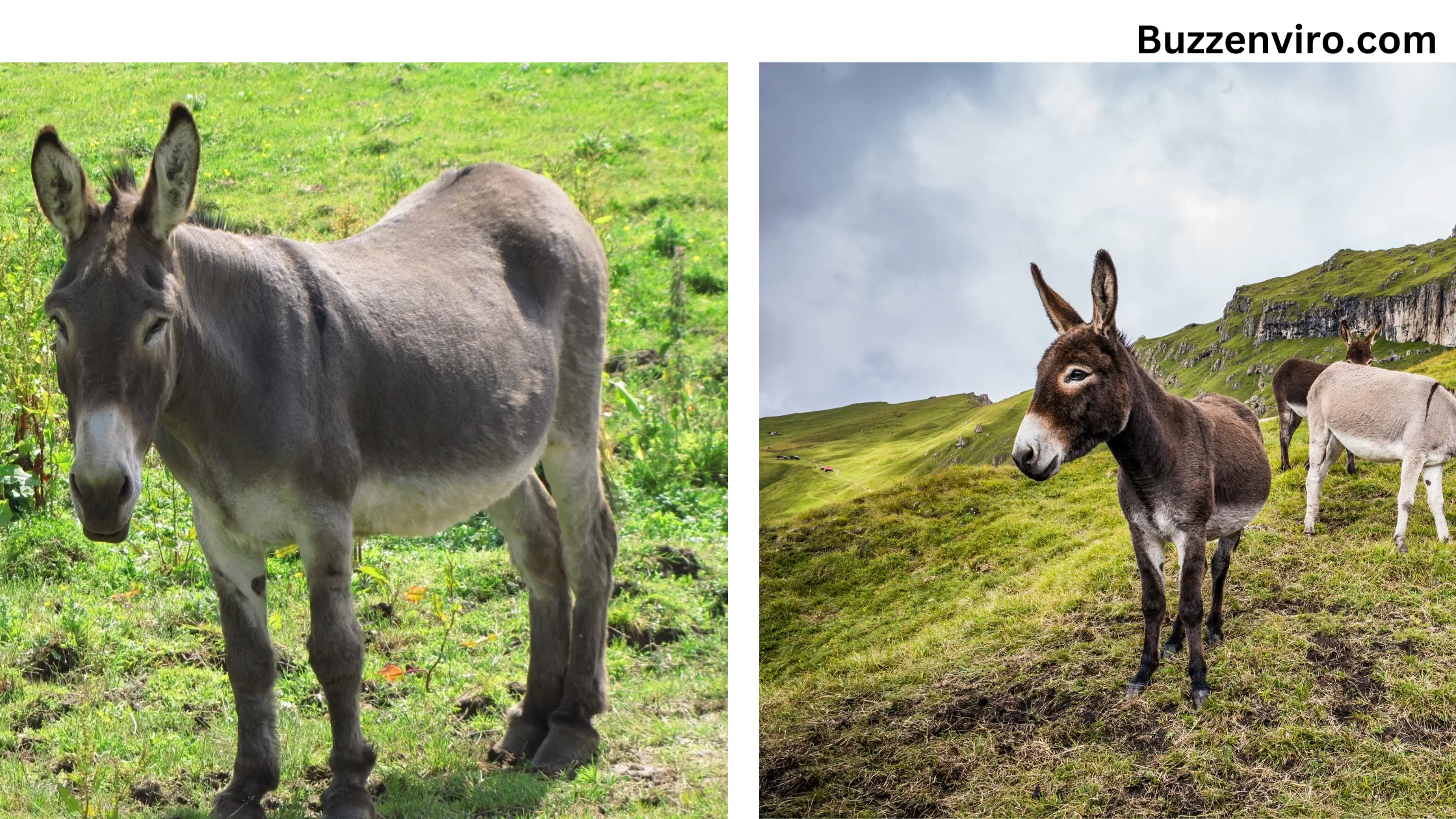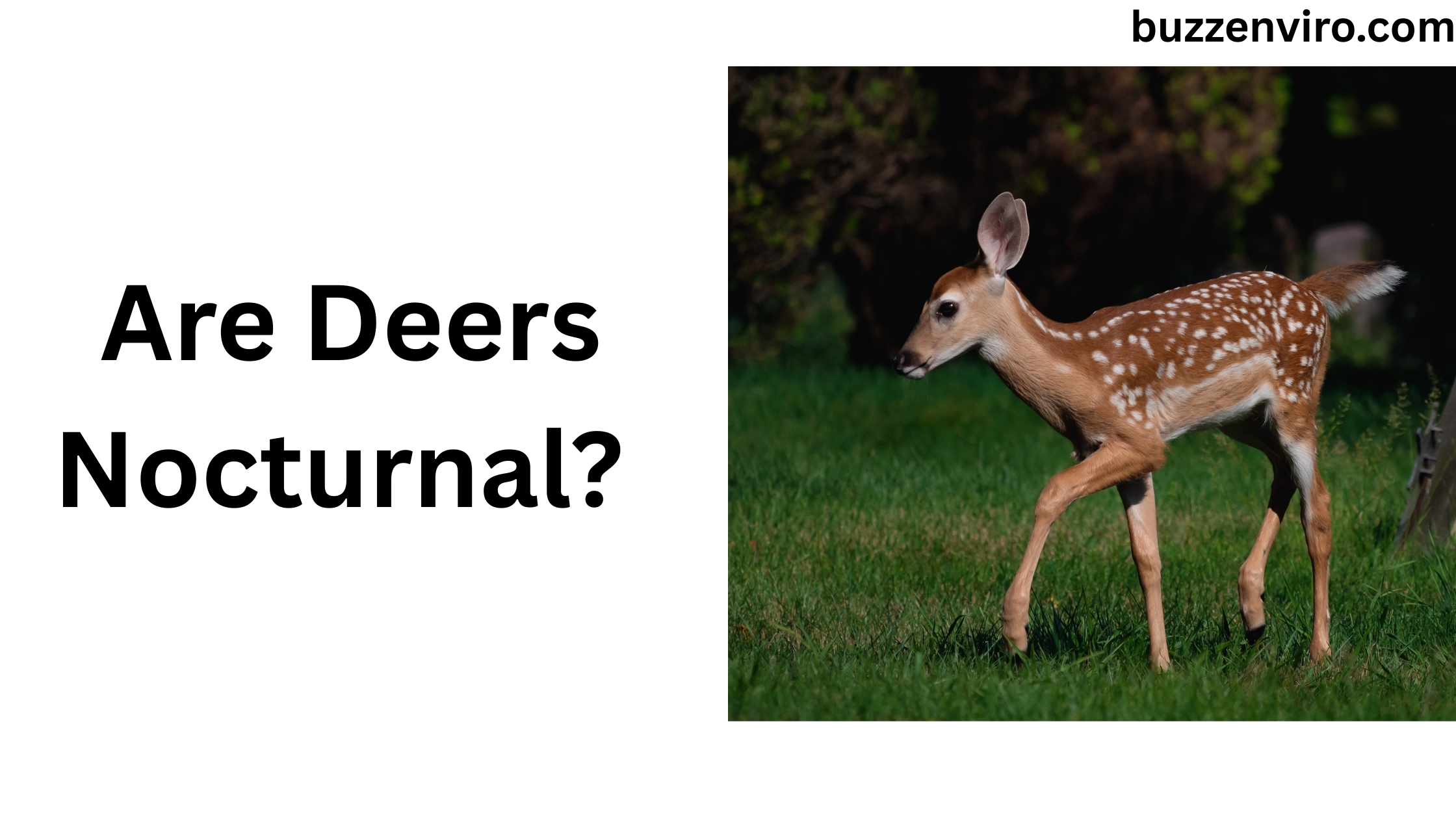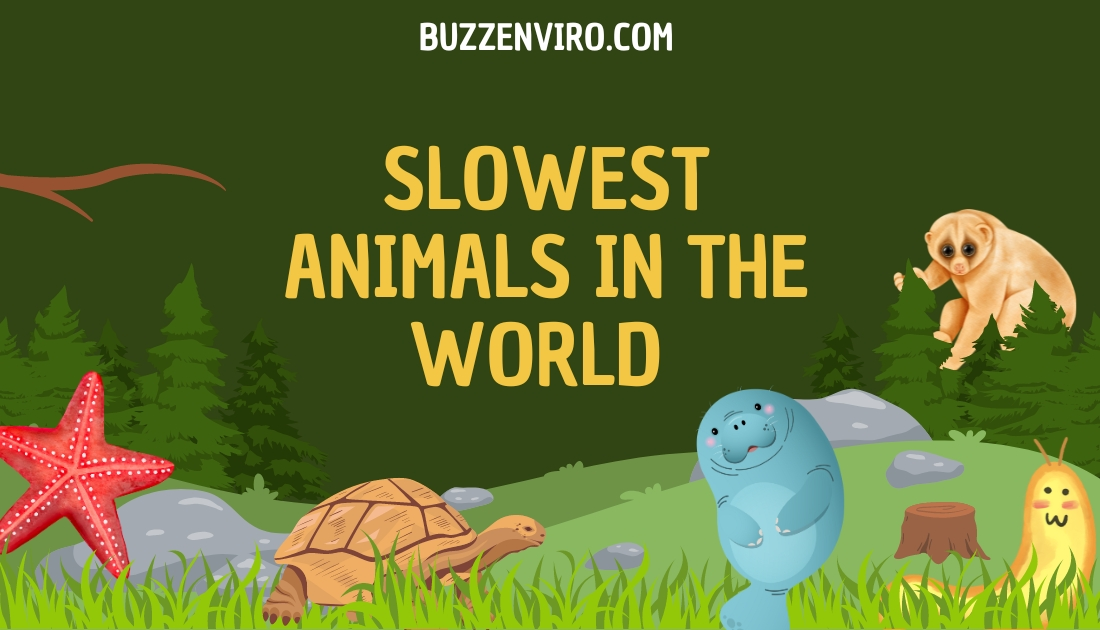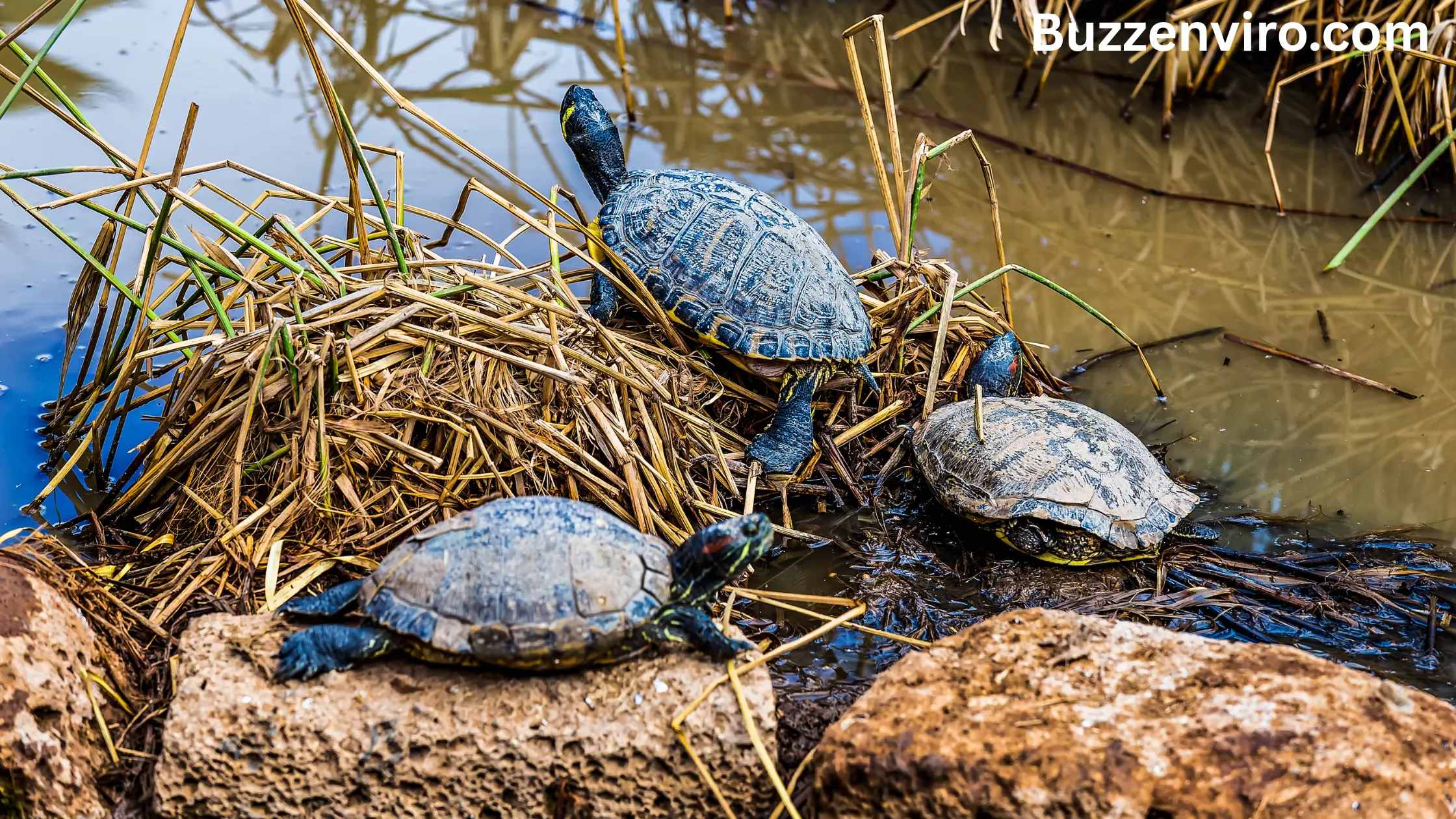Beetles are one of the most diverse groups of insects in the animal kingdom, with over 350,000 known species worldwide. From the charming ladybug to the infamous Japanese beetle, each beetle species has its own unique diet that helps it thrive in its environment. Understanding what beetles eat is crucial for gardeners, farmers, and even nature enthusiasts. In this blog, we’ll explore the dietary habits of various beetles, including lady beetles, dung beetles, mealworm beetles, and more.
What Do Beetles Eat?
Beetles can be classified into several categories based on their diets. Some are herbivores, feeding on plants, while others are carnivores, scavenging on other insects or organic matter. There are also omnivorous beetles that eat a combination of plant and animal material. The specific food preferences depend on the beetle’s species, life stage, and environment. Let’s break it down:
1. Herbivorous Beetles

Many beetles are herbivores, meaning they feed primarily on plants. These beetles often damage crops or garden plants, making them pests for farmers and gardeners.
Common herbivorous beetles include:
- Japanese Beetles: These notorious beetles are known for their destructive feeding habits. Japanese beetles consume the leaves, flowers, and fruit of over 300 different plant species. They typically damage plants by eating the tissue between veins, leaving behind a skeleton-like appearance.
- Leaf Beetles: Leaf beetles are another common group of herbivorous beetles. These beetles feed on a variety of plants, including crops like potatoes, tomatoes, and beans.
Diet: Leaves, flowers, and plant tissues.
2. Carnivorous Beetles

Carnivorous beetles are predators that feed on other insects or organic matter. Some are important for controlling pests in the garden, while others are scavengers.
Common carnivorous beetles include:
- Stag Beetles: Known for their large, impressive mandibles, stag beetles are primarily carnivores in their larval stage. As larvae, they feed on decaying wood and other organic matter, helping to break down dead plants and trees. Adult stag beetles may also feed on smaller insects.
- Ground Beetles: Ground beetles are predatory beetles that hunt down other insects. They are particularly effective at controlling pest populations, such as aphids and caterpillars, in gardens and farms.
Diet: Other insects, larvae, and decaying organic matter.
3. Dung-Eating Beetles

Dung beetles are famous for their habit of feeding on animal waste. These beetles play an important ecological role by recycling nutrients and helping to break down manure in natural ecosystems.
Common dung beetles include:
- Roller Beetles: These beetles create dung balls by rolling animal feces to their burrows. They then feed on the dung, laying eggs inside the ball so that the larvae have a ready food source once they hatch.
- Tunneling Beetles: These beetles also collect dung, but they dig tunnels beneath the feces and store it underground. The dung serves as food for both the beetles and their developing larvae.
Diet: Animal dung, including feces from herbivores and carnivores.
4. Omnivorous Beetles

Some beetles are omnivorous, meaning they eat both plants and animal matter. This dietary flexibility allows them to survive in various environments and conditions.
Common omnivorous beetles include:
- Lady Beetles (Ladybugs): Lady beetles are best known for their appetite for aphids and other plant-damaging pests. However, some species may also feed on fungi, small insects, or nectar from plants. Their ability to control aphid populations makes them a gardener’s ally.
Diet: Aphids, small insects, and some plant material.
5. Mealworm Beetles

Mealworm beetles, also known as darkling beetles, are commonly found in grain stores and feed on organic material. The larvae of mealworm beetles are a popular food for reptiles, birds, and even humans in some cultures.
Diet: Grains, flour, and decaying organic material.
6. Specialized Beetles
There are also specialized beetles that feed on very specific food sources. For example, woodboring beetles feed on wood, and their larvae tunnel into trees, causing damage. These beetles are particularly important for breaking down wood in forest ecosystems.
Common wood-feeding beetles include:
- Powderpost Beetles: These beetles feed on dry, seasoned wood, including furniture and beams. The larvae tunnel into the wood, causing structural damage.
- Bark Beetles: Bark beetles are another group of wood-feeding beetles that attack trees. They burrow under the bark and feed on the tree’s inner tissues.
Diet: Wood, tree bark, and other woody plant materials.
Why Understanding Beetle Diets is Important
Knowing what beetles eat can help you manage their impact on your garden or crops. For example:
- Beneficial Beetles: Ladybugs, ground beetles, and other pest-controlling species can be your garden’s best defense against harmful insects like aphids and caterpillars.
- Pest Beetles: On the other hand, beetles like Japanese beetles and leaf beetles can be highly destructive to plants, requiring pest control measures.
- Ecosystem Benefits: Dung beetles play a vital role in nutrient recycling and maintaining healthy soil. By feeding on dung, they help break down waste and enhance soil fertility.
Conclusion
Beetles are incredibly diverse creatures with a wide range of dietary preferences. Whether they’re feeding on plants, other insects, or organic matter, beetles have evolved to fill a variety of ecological niches. By understanding what beetles eat, we can better appreciate their role in the ecosystem and manage their impact on our gardens and crops.
Whether you encounter a lady beetle, a Japanese beetle, or a dung beetle, each species plays an essential part in the balance of nature. Knowing how to identify and manage different beetles can help you make informed decisions about pest control and garden management.
So, the next time you spot a beetle, take a moment to think about what it might be eating and how it’s contributing to the world around you!
